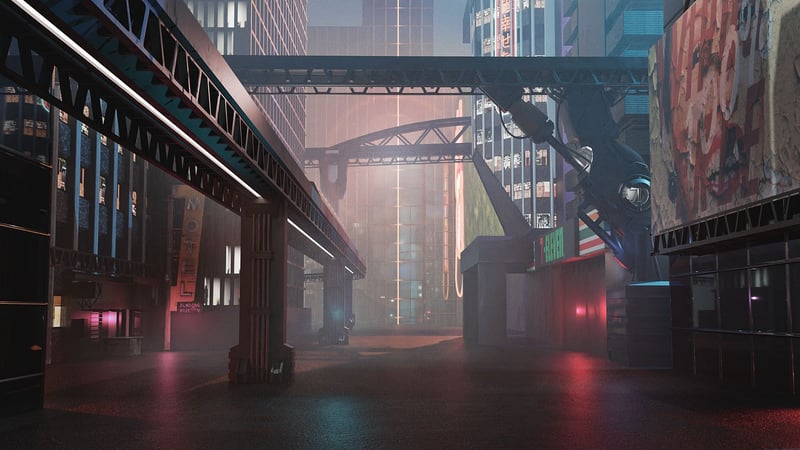Future Cities
The Evolution of Cities Through Historical Eras to Future Metropolises
Introduction
Throughout history, cities have played a pivotal role in human civilization. From ancient settlements to modern metropolises, cities have evolved significantly over time. This article will explore the historical eras that have shaped cities and envision what future cities might look like.
Ancient Cities
Ancient cities like Babylon, Athens, and Rome were centers of culture, trade, and governance. These cities featured monumental architecture, such as the Hanging Gardens of Babylon and the Parthenon, and intricate urban planning. Streets, markets, and public buildings were integral to the fabric of these cities.
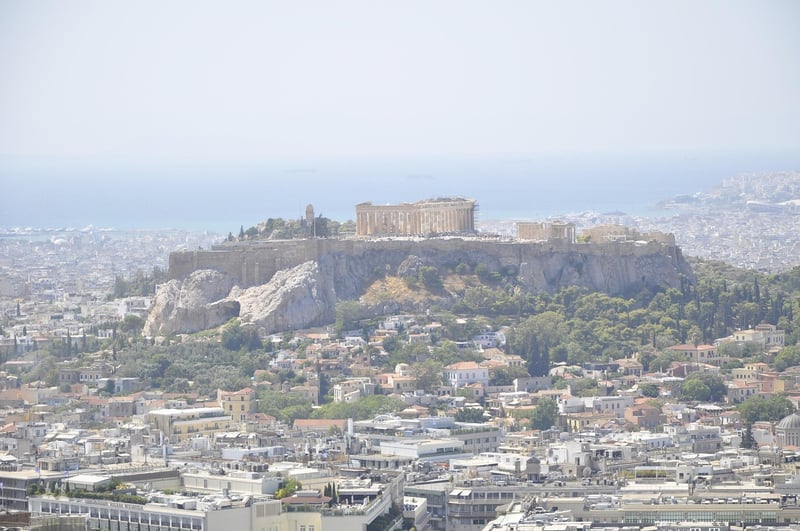
Medieval Cities
Medieval cities in Europe, such as Paris, Venice, and Florence, were characterized by narrow winding streets, fortifications, and cathedrals. The emergence of guilds and market squares fostered economic growth and cultural exchange in these cities.
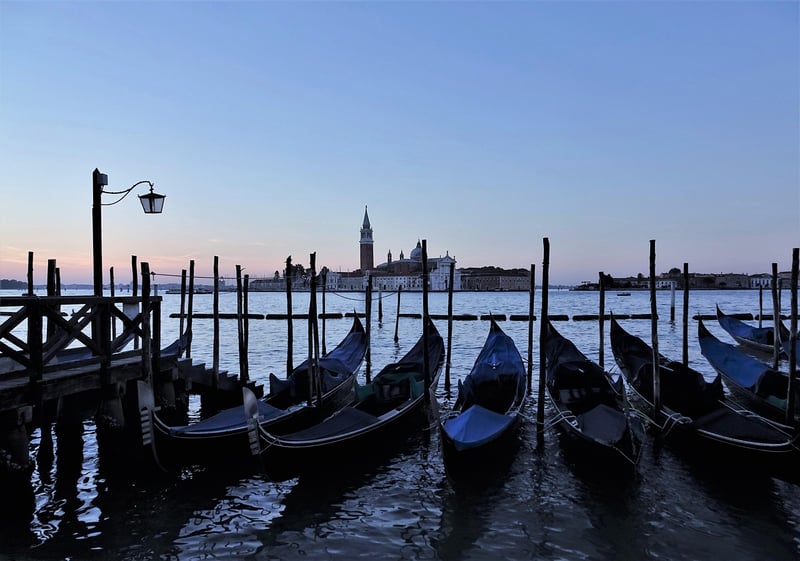
Industrial Revolution
The Industrial Revolution led to the rapid urbanization of cities like London, Manchester, and New York. Factories, railways, and tenement housing transformed the urban landscape. Issues such as pollution, overcrowding, and poor sanitation emerged during this period.
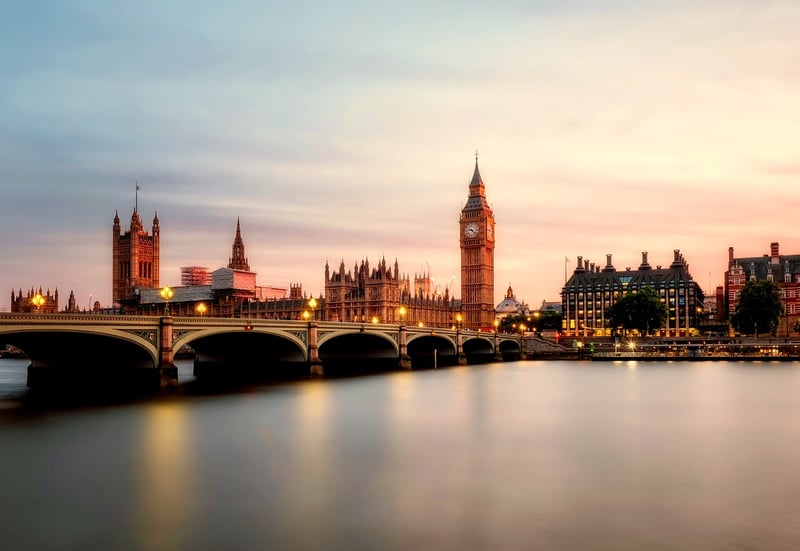
Modern Cities
Modern cities like Tokyo, New York City, and Dubai represent the height of urban development. Skyscrapers, high-speed transportation systems, and smart technologies define these cities. Urban sustainability, green spaces, and cultural diversity are key priorities in modern urban planning.
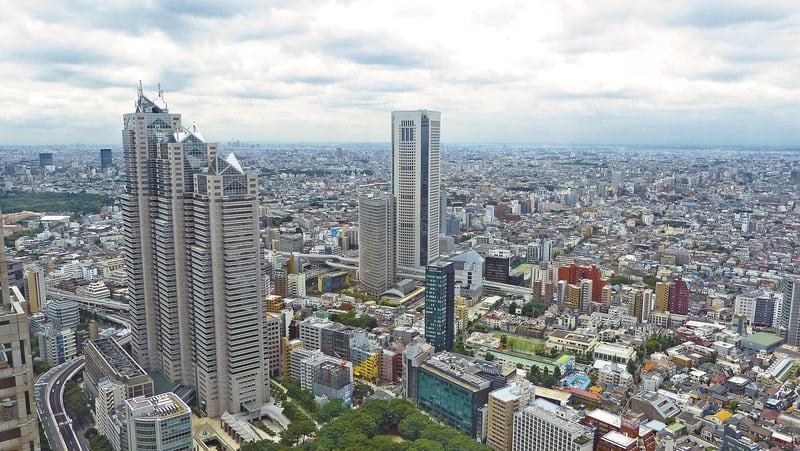
Future Cities
Future cities are envisioned to be sustainable, technologically advanced, and interconnected. Concepts like vertical farming, renewable energy, and autonomous transportation are likely to shape future urban landscapes. Smart infrastructure, data-driven governance, and resilient design will be crucial for the cities of tomorrow.

Conclusion
As cities continue to evolve, they reflect the aspirations and challenges of society. From ancient wonders to modern marvels, cities have been at the heart of human progress. By embracing innovation and sustainability, future cities have the potential to enhance the quality of life for all inhabitants.
Explore more about historical eras and future cities to gain insights into the rich tapestry of urban development.
